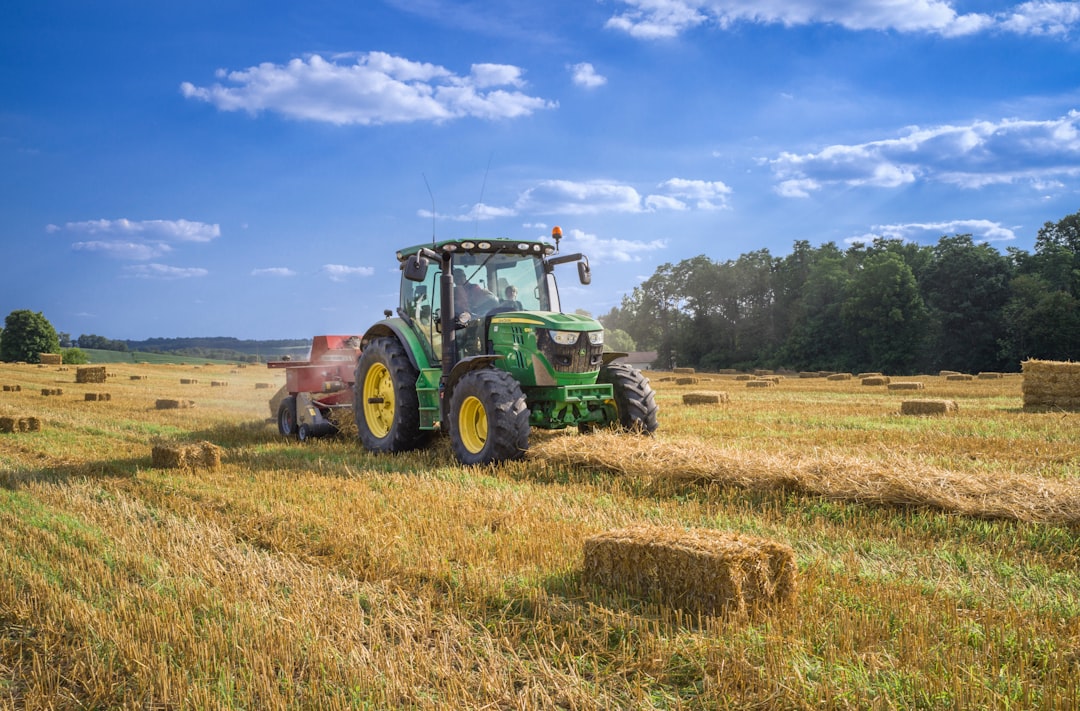What is it about?
Integrated landscape management is a process for achieving multiple objectives related to agricultural production, ecosystem conservation, and sustainable natural resource management. These multiple livelihood functions are important features of an agricultural landscape in Mbeya, Tanzania. Due to environmental damage caused by agricultural expansion and charcoal burning, a process called integrated agricultural landscape management (IALM) was implemented to address this problem. This encompassed the identification and involvement of a range of key landscape actors and processes like awareness creation and joint problem analysis, solution framing, learning, planning and implementation of actions, and monitoring and evaluation. A multi-stakeholder innovation platform was formed for creating a coordination mechanism, common understanding, vision and goals, and networking. Fifty IALM ideas were identified and six selected by the stakeholders. Outcomes of using the IALM process included policy recommendations, joint learning, and innovative actions and were co-developed, implemented, monitored, and evaluated with the local communities.
Featured Image
Why is it important?
Provides example of a designed integrated landscape management with community and implemented and monitored jointly with beneficiaries.
Perspectives
Lessons for action research and development that incorporate perspectives of the community are presented. Harnessing active community engagement and policy implication in research for development is documented.
Zacharia Malley
Integrated landscape management is a process for achieving multiple objectives related to agricultural production, ecosystem conservation, and sustainable natural resource management. These multiple livelihood functions are important features of an agricultural landscape in Mbeya, Tanzania. Due to environmental damage caused by agricultural expansion and charcoal burning, a process called integrated agricultural landscape management (IALM) was implemented to address this problem. This encompassed the identification and involvement of a range of key landscape actors and processes like awareness creation and joint problem analysis, solution framing, learning, planning and implementation of actions, and monitoring and evaluation. A multi-stakeholder innovation platform was formed for creating a coordination mechanism, common understanding, vision and goals, and networking. Fifty IALM ideas were identified and six selected by the stakeholders. Outcomes of using the IALM process included policy recommendations, joint learning, and innovative actions and were co-developed, implemented, monitored, and evaluated with the local communities.
Marco Mng'ong'o
Ministry of Agriculture -Tanzania
Read the Original
This page is a summary of: Integrated agricultural landscape management: Case study on inclusive innovation processes, monitoring and evaluation in the Mbeya Region, Tanzania, Outlook on Agriculture, June 2017, SAGE Publications,
DOI: 10.1177/0030727017709393.
You can read the full text:
Contributors
The following have contributed to this page










